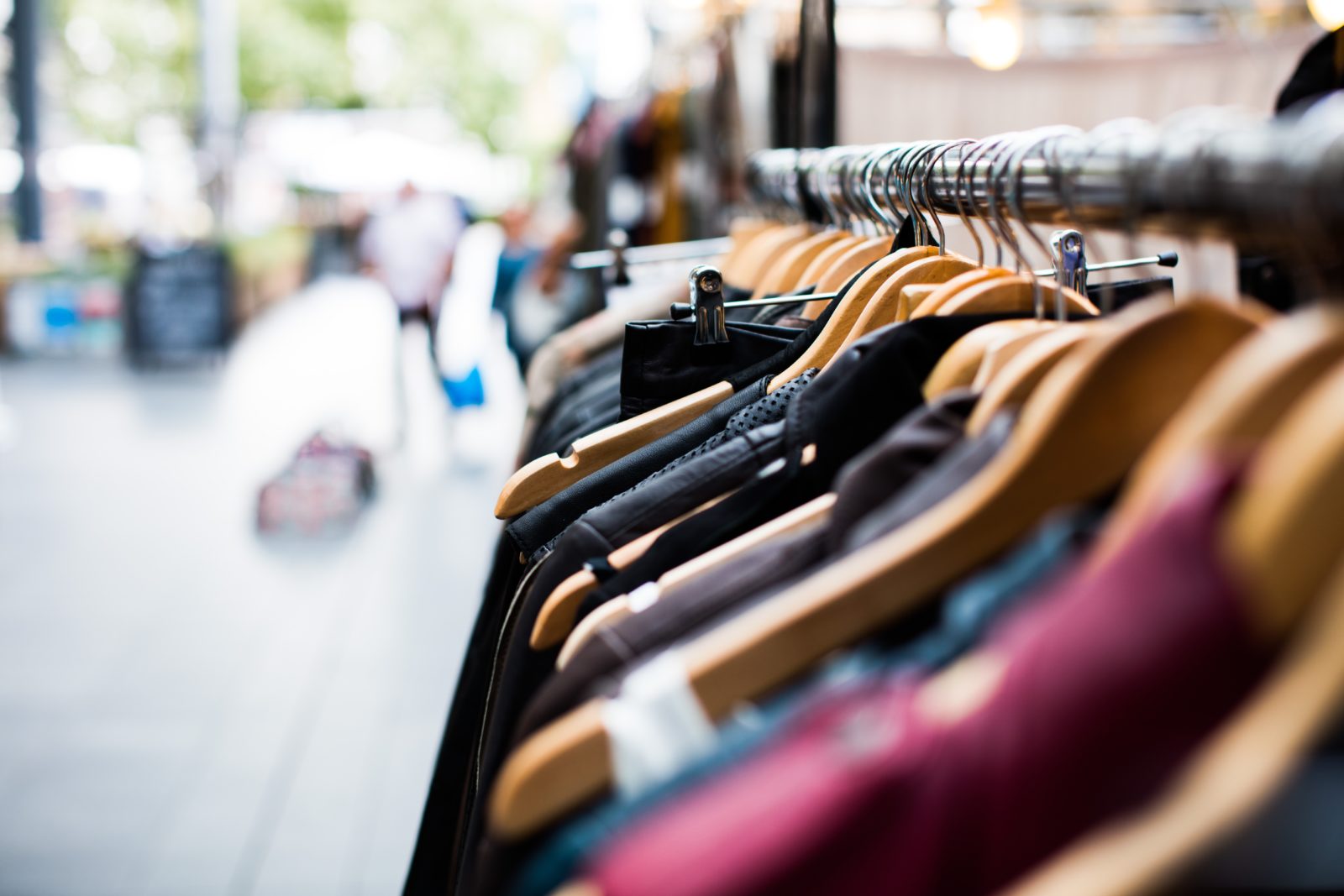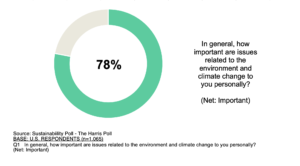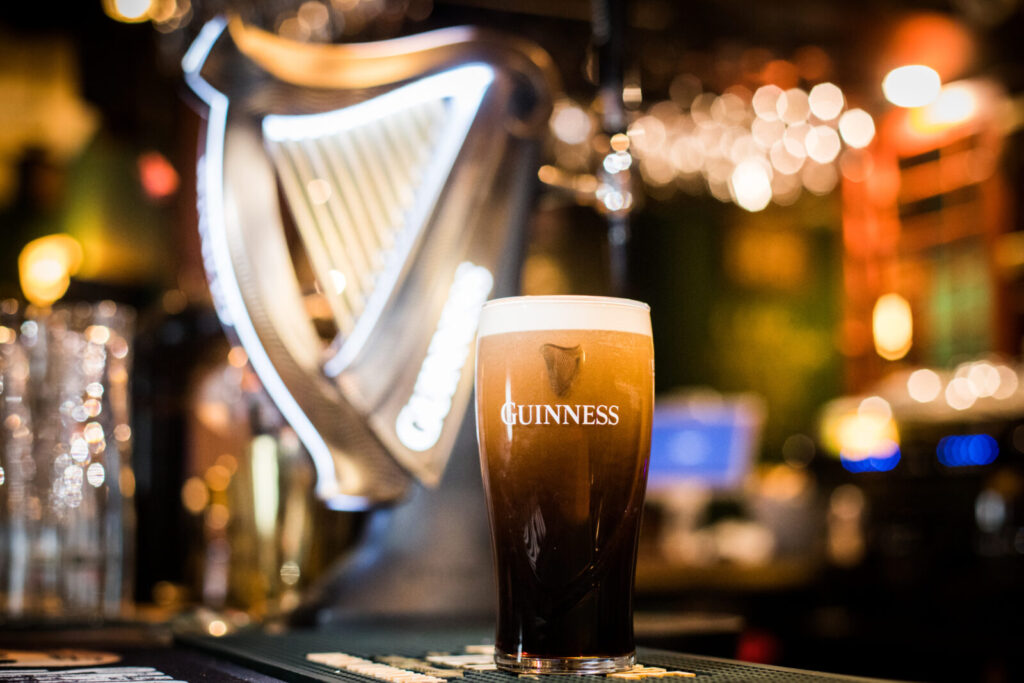Brief • 2 min Read

Clothing resellers are uniquely positioned to address one of the most significant problems currently facing the fashion industry – its negative impact on the environment – by limiting clothing waste and reducing pollution from textile manufacturers. However, the eco-friendliness remains a draw for few secondhand shoppers. According Harris Poll data from June, only 22% of those who have purchased or would consider purchasing secondhand clothing take into consideration its environmental benefits. Given that 4 in 5 U.S. adults (78%) consider climate change to be an issue of personal importance, this is a missed opportunity for the clothing resale market. So, what can secondhand sellers do to reach the growing pool of green-minded consumers?

Encourage consumers to reduce and reuse
Buying clothes secondhand can be a simple and effective way to reduce one’s carbon footprint. However, the secondhand clothing market hasn’t utilized environment-focused messaging in their advertisement as much as they should. These efforts are already commonplace in the retail industry, and fast fashion has beaten secondhand clothing to this marketing concept. Fast fashion retailers like Zara have started emphasizing sustainability efforts in their marketing, making promises to have all of their clothes be made from 100% sustainable material by 2025.
However, the secondhand clothing market has an advantage over fast fashion and mass market retailers when it comes to inserting sustainable and environmentally conscious messaging into their advertising. Secondhand clothing retailers can make “green” claims about their products without running the risk of seeming disingenuous, because there isn’t any public criticism about the environmental impact of secondhand clothing. Most of the large secondhand clothing retailers already have community and philanthropy-centric messaging, and incorporating environmental messaging as a central piece of brand identity should strengthen customers’ perception of secondhand clothing retailers as being a force of public good.
Revamp wardrobes with recycled materials
That said, the fashion resale market’s positive impact on the environment can extend beyond encouraging shoppers to decrease their carbon footprint. They can reuse existing articles of clothing and upcycle them into fashion and non-fashion items. A good example of this is Elvis and Kresse. This luxury good leather goods company partners with the London Fire Brigade to reclaim decommissioned fire hoses to make luxury wallets, purses, and belts. Their products highlight the material’s past-life as fire hoses, and they prominently advertise how their partnership with the London Fire Brigade has led to no decommissioned fire hoses being sent to a landfill in over a decade.
Conclusion
There is a current desire in the U.S. to live a more sustainable lifestyle. The secondhand clothing market fulfills sustainability principles not often seen for “green” fashion brands: reusing and recycling. It’s clear that the secondhand clothing market can use environmentalism to its advantage and leaning into “green” messaging could be a key piece in making secondhand clothing a bigger part of people’s closets.
In the next piece in our series on secondhand clothing, we’re going to look at how the secondhand clothing market can use the internet to engage with shoppers that are interested in unique finds and a convenient shopping experience. Read our previous piece on the state of the secondhand clothing market here. Stay tuned!
These surveys were conducted online in the United States by The Harris Poll from April 8, 2022 to April 11 2022 among 1,065 respondents and from June 24, 2022 to June 27, 2022 among 1,073 respondents. Figures for age, sex, race and ethnicity, education, region, household income, and propensity to be online have been weighted where necessary to bring them into line with their actual proportions within the US population. Respondents for this survey were selected from a pool of potential respondents who have agreed to participate in The Harris Poll’s online research. For this study, the sample data is accurate to within +/- 4.0 percentage points using a 95% confidence level. For more information, please contact Madelyn Franz, or Andrew Laningham.
Subscribe for more Insights
Subscribe to our newsletter for the latest trends in business, politics, culture, and more.
Related Content









